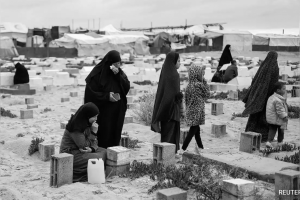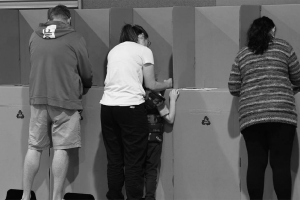NSW public schools will receive a record $219 million in additional needs-based education funding in 2017, made possible by NSW signing the Gonski agreement.
Announcing the funding boost at Hurstville South Public School, NSW Premier Mike Baird said needs-based funding helps schools and students facing the greatest challenge to lift their results.
“There is absolutely no doubt that needs-based funding, made possible by Gonski, has been of enormous benefit to students right across NSW,” Mr Baird said.
“That is why NSW signed the six-year agreement and why we continue to press the Commonwealth Government to honour its commitments.
“The extra support students are receiving is showing real results. Funding now follows students and their needs and principals have the flexibility to make local decisions based on the specific needs of their students.”
Minister for Education Adrian Piccoli said Hurstville South Public School has used its additional needs-based funding to employ additional staff to provide targeted teaching for students who need extra support in literacy and numeracy.
“At Hurstville South in 2016, 58 per cent of Year 5 students were achieving results that put them in the top two bands of NAPLAN for reading and numeracy combined, up from 39 per cent in 2012,” Mr Piccoli said.
In NSW public schools, consistent with the Gonski recommendations, needs-based funding is distributed under the Resource Allocation Model (RAM), which uses information about student need to deliver resources where they are needed most.
“More funding than ever is going directly to schools so principals are able to target resources and better meet the needs of their students,” Mr Piccoli said.
“We are seeing schools engage specialist teachers and additional staff with expertise in areas such as literacy, numeracy and speech pathology to tailor support and respond to the unique learning needs of their students.
“Every time I visit a school I am very impressed to see first-hand the programs and initiatives made possible by needs-based funding and how they are making a real difference student by student, school by school.”




